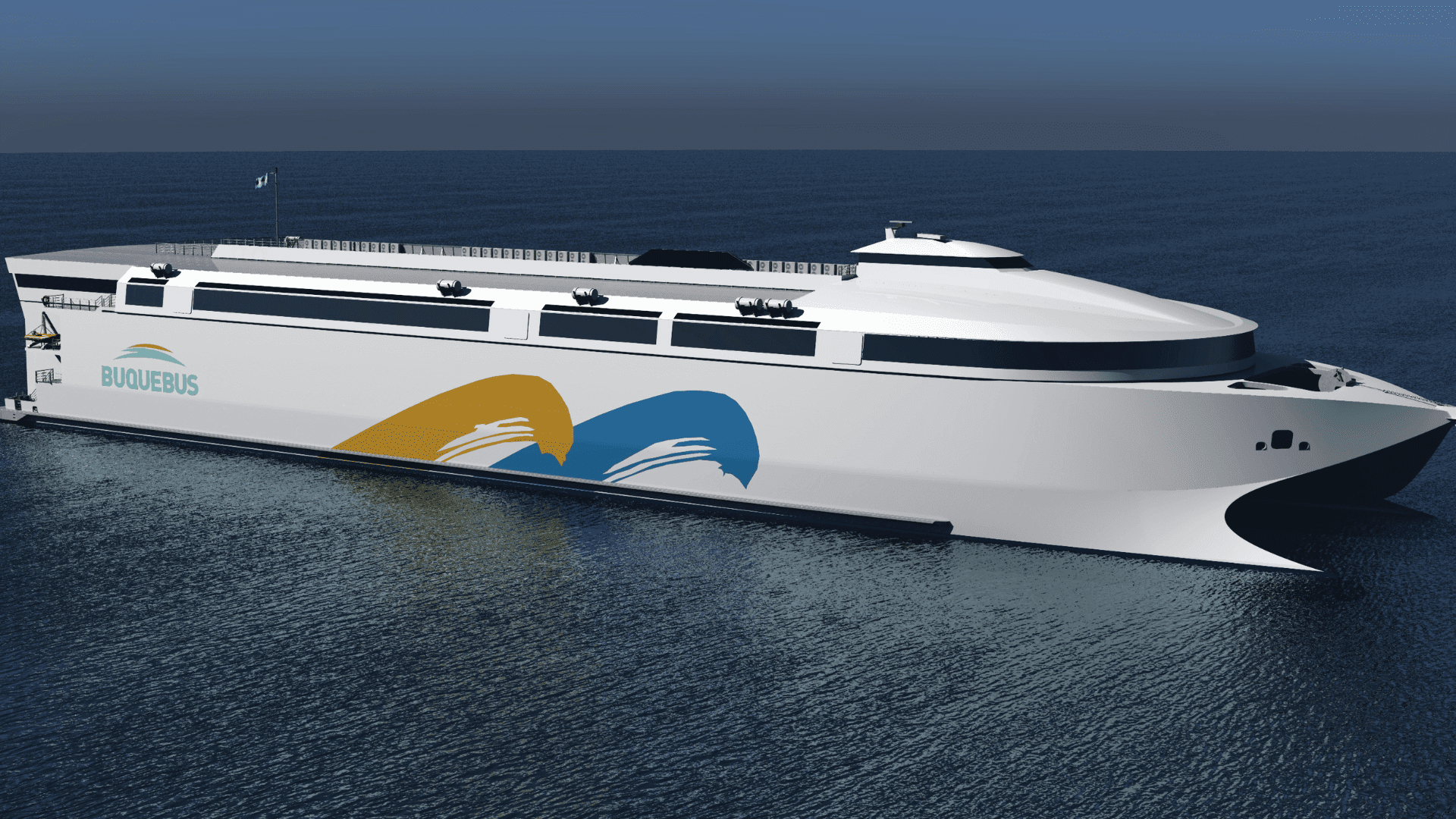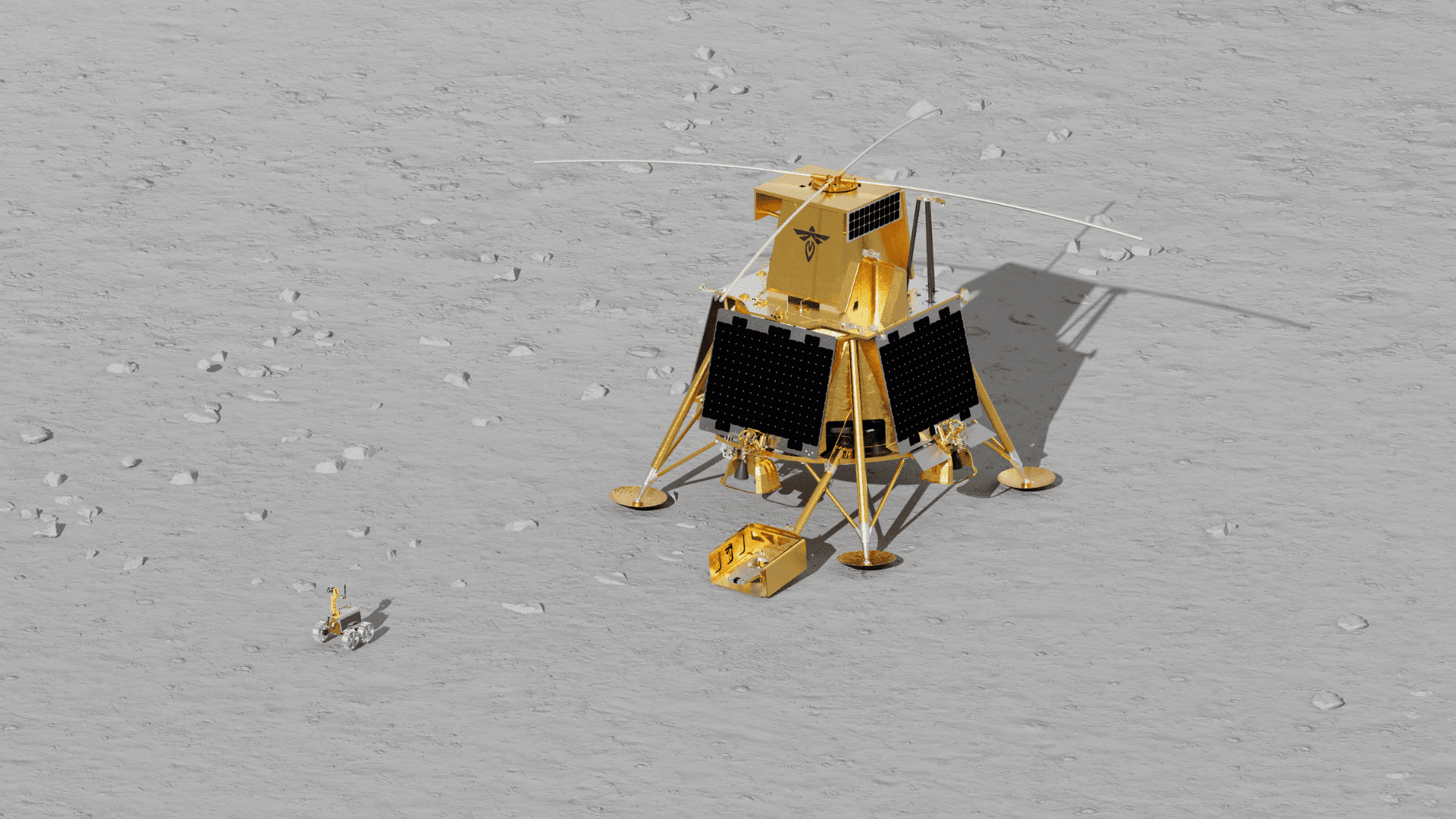A U.S. Air Force Reserve crew from the 53rd Weather Reconnaissance Squadron, known as the “Hurricane Hunters,” flies through Hurricane Melissa on Oct. 27, 2025. The video was taken by Lt. Col. Mark Withee, a navigator with the 53rd WRS. The video shows the crew making multiple passes through the storm to collect critical weather data for the National Hurricane Center.
The Latest on Hurricane Melissa

According to the Weather Channel, the hurricane made landfall early Tuesday afternoon near New Hope, Jamaica, as a Category 5 with winds of 185 mph and a pressure of 892 millibars. Experts believe this historic event will lead to months or years of recovery. They say the landfall will go down as one of the strongest anywhere in the Atlantic Basin.
“In events like this, the world comes together and we anticipate this will be the case,” said Necephor Mghendi with the International Federation of Red Cross and Red Crescent Societies (IFRC). “This is one of the storms of the century and I believe the global community will come together to respond collectively.”
Capturing the Eye of Hurricane Melissa
Ironically, a devastating hurricane can also reveal natural beauty. Who knew that such a powerful act of nature could offer such jaw-dropping views? The video captured by the Air Force Reserve’s “Hurricane Hunters” offers a rare glimpse of one of Mother Nature’s most formidable forces.
The eye is the defining center of a mature hurricane. It’s a roughly circular area typically 20–40 miles in diameter. The eye is an oasis of deceptive calm, characterized by light winds and fair weather with little to no rain.
The eye’s tranquility is created by a process called subsidence, where air slowly sinks into the center, warming due to compression to form the hurricane’s warm core. Additionally, the eye marks the point of the lowest atmospheric pressure within the entire storm system. It stands in stark contrast to the violent, high-wind eyewall that immediately surrounds it.







